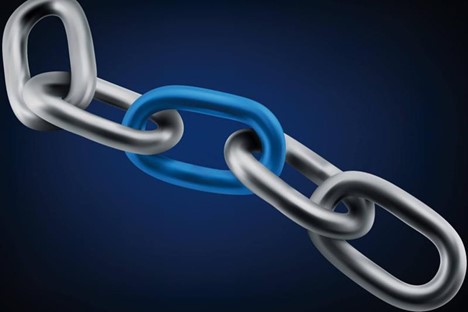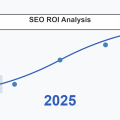Lots of website owners trying to improve their SEO heed the advice that backlinks are important and then put 100% of their efforts into creating those links from every website and social media platform they can find. They overlook that the links they have within their website and how they are structured are also important for SEO, and they play a role in helping visitors who visit that site too.
An internal link acts in much the same way an external link does in that when it is clicked; it will take the person who clicked it to a different location.
Whereas an external link will take them to a different website, an internal link will either take them to another page within the website or to another part of the page, or it could be used to allow the visitor to download something, such as a document file.
These are some of the practical applications of internal links, and the navigation that they can provide must make the task easier for visitors rather than more difficult. Easy navigation means visitors are liable to stay longer on a website and are more likely to take action, which in many cases means they become a customer or subscriber to your email list.
From our experience with many SEO case studies, good internal links are desirable for many reasons. We know that when Google’s spiders crawl the internet, they do so using links that go to and from the hundreds of millions of existing websites. If that is how they do it externally, then within a website it is the internal links that they crawl.
It follows that if your linking structure is optimized and provides a logical path throughout it, then Google will be able to crawl and index every page and all content that exists within your website. If so, then all those SEO factors such as titles, descriptions and meta tags contribute to the site’s ranking. Compare that to a website with poor linking where 50% of the pages are missed and therefore add nothing in respect of SEO.
Another very important aspect of links is that they pass on authority and page rank, or as it is sometimes referred to, link juice. This is why there is a concerted effort online to get external backlinks from powerful high-authority websites.
This same principle applies to the internal linking structure of a website. Some pages are going to have a greater weight in terms of their authority than others, and in a lot of cases, this will be the home page. If your internal linking structure is done correctly, that authority will flow throughout the website and give the internal pages more chance of ranking on search engines.
Just as the structure of internal linking is crucial, how you create those links is, too, because if you create them wrongly, a lot of the benefit is lost. An internal link should be placed in the page’s main body, often where the page’s content appears. Links placed in footers, sidebars, and other areas outside the main body carry little SEO weight.
As you add new pages, the temptation is often to link out from them to older pages that already exist within your website. There is nothing wrong with this, but it should not all be in one direction. In other words, create links from older pages to newer pages too.
Finally, be aware that the same principles that apply for external links and using anchor text, also apply to internal links. Using keywords in anchor text assists Google in identifying relevancy and will help the pages linked to rank higher for those keywords.






